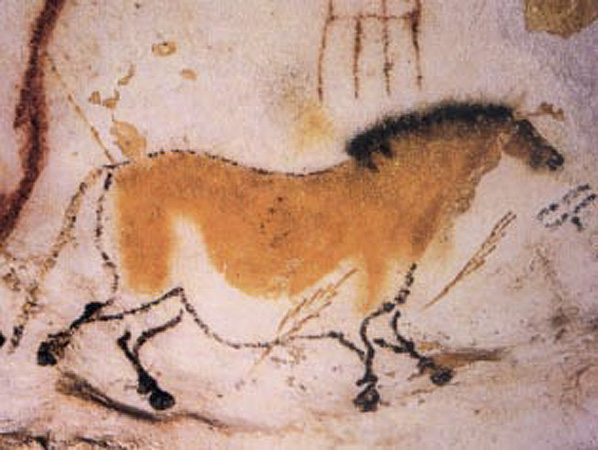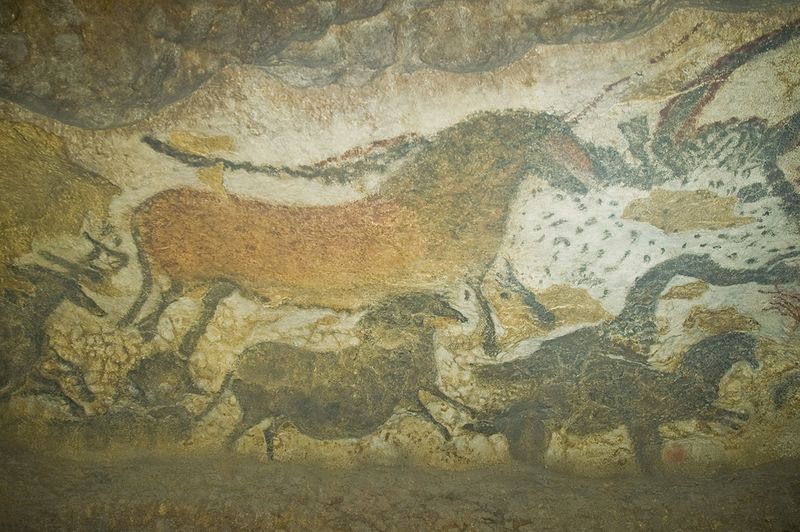博文
你该知道的50个历史事件(1)
|||
BBC历史节目Timewatch负责人Hugh Williams写过一本《你该知道的50个历史事件》(Fifty Things You Need to Know About World History, 2010. Collins) ,前言里有段话令我感兴趣——
As I paddled with my children down the gentle summer waters of one of France’s grandest rivers I could look up to the caves and hollows where Cro-Magnon once lived. He hunted with primitive spears and drew crude pictures of the world around him on the walls of his subterranean home. In September 1940, a few months after their country had fallen to German occupation in the Second World War, four tennagers stumbled on the wall paintings in the Lascaux Cave near Montignac, vivid pictures of horses, bulls and stags drawn by people who lived in the area 15 000 years ago.
Grandest river指法国西南的Dordogne河,那儿有很多旧石器时代晚期(Upper Paleolithic)的先民洞穴,最有名的是拉斯科(Lascaux)洞穴的壁画……这样的情景,令我想起Edward Gibbon回忆的激起他写罗马史的情景:
It was at Rome, on the fifteenth of October 1764, as I sat musing amidst the ruins of the Capitol, while the barefooted fryars were singing Vespers in the temple of Jupiter, that the idea of writing the decline and fall of the City first started to my mind.


https://blog.sciencenet.cn/blog-279992-638992.html
上一篇:演化的几何
下一篇:你该知道的50个历史事件(2)
全部作者的精选博文
- • 被拍卖的爱因斯坦方程
- • 彭罗斯的新物理狂想曲
- • 再说霍金彭罗斯
- • 彭老说黑洞
- • 314与137
- • 爱丽丝镜子里的时空奇点
全部作者的其他最新博文
- • 被拍卖的爱因斯坦方程
- • 彭罗斯的新物理狂想曲
- • 再说霍金彭罗斯
- • 永遇乐 辛丑元日还乡
- • 望海潮 元旦过锦江
- • 北京至成都过五城